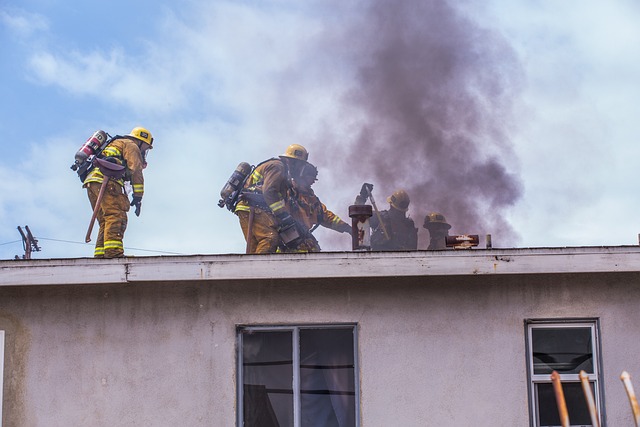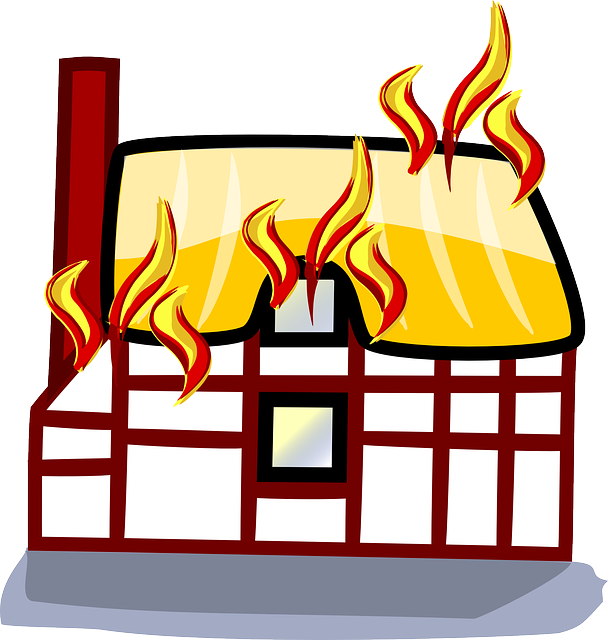Real estate investors in California significantly impact market dynamics across residential, commercial, and industrial sectors, particularly in major cities like Los Angeles, San Francisco, and Sacramento. Driven by California's strong economy and high housing demand, these investors view fire-damaged properties as opportunities, employing strategies like "fix-and-flip" rehabilitation or offering financial solutions to assist homeowners. Understanding their motivations is crucial for navigating the state's real estate landscape, especially when selling a fire-damaged house in California. The process involves assessing damage, consulting adjusters, documenting losses, and enlisting a specialized real estate agent who can guide repairs, renovations, or reconstruction, focusing on presenting the property as a new beginning to attract buyers interested in California's resilience.
In California, real estate investors play a pivotal role in shaping the housing market. Understanding their dynamics is crucial for property owners looking to navigate complex selling landscapes, especially after disasters like fires. This article guides you through the strategies essential for effectively selling a fire-damaged house in California. By delving into investor motivations and adapting your approach, you can ensure a smoother transition, maximising returns while revitalising communities affected by these events. Learn how to turn challenges into opportunities in the post-fire real estate market.
- Understanding Real Estate Investors and Their Role in California's Market
- Strategies for Selling a Fire-Damaged House: A Guide for California Property Owners
Understanding Real Estate Investors and Their Role in California's Market

In California, real estate investors play a pivotal role in shaping the state’s dynamic market. These investors, ranging from individual landlords to institutional funds, drive the flow of capital into various sectors, including residential, commercial, and industrial properties. Their influence is particularly notable in diverse markets like Los Angeles, San Francisco, and Sacramento, where they contribute to both urban renewal and affordability. Understanding their motivations and strategies is crucial for anyone looking to navigate California’s real estate landscape, especially when it comes to selling a fire-damaged house.
Real estate investors in California are drawn by the state’s robust economy, favorable regulations, and strong demand for housing. When a property experiences fire damage, these investors often see an opportunity rather than a deterrent. They may specialize in rehabilitating and reselling damaged properties, known as “fix-and-flip” strategies, or they could offer financial solutions for homeowners facing the challenge of how to sell a fire damaged house. Their involvement can accelerate the recovery process, restore areas affected by disasters, and provide capital to help communities rebuild.
Strategies for Selling a Fire-Damaged House: A Guide for California Property Owners

Selling a fire-damaged house in California can be a complex process, but with the right strategies, it’s possible to navigate this challenging situation successfully. The first step is to assess the extent of the damage and determine if the property is even insurable—a crucial factor that can significantly impact its resale value. Property owners should consult with insurance adjusters and document every detail of the fire’s impact, including structural damage, water stains, smoke residue, and any losses of personal belongings.
Once the damage is assessed, it’s time to strategize. Consider working with a real estate professional experienced in handling fire-damaged properties. They can guide you through the best course of action, which may include repairs, renovations, or even a complete reconstruction. Presenting the house in its most attractive light is key; focus on showcasing the potential for a new beginning rather than dwelling on the past damage. This could involve staging the home, highlighting repaired areas, and emphasizing the benefits of living in a California community known for its resilience and beauty.
Real estate investors play a significant role in California’s dynamic market, while homeowners facing fire damage can navigate challenging sales with the right strategies. Understanding these dynamics is crucial for both parties. For investors, identifying undervalued properties and revitalizing them contributes to California’s vibrant landscape. For property owners, knowing how to effectively sell a fire-damaged house in California involves strategic marketing, honest disclosures, and potentially leveraging specialized resources. By embracing these approaches, both stakeholders can ensure transactions that are mutually beneficial and contribute to the state’s ongoing real estate evolution.






